Introduction
The coconut, a tropical fruit revered for its myriad uses and benefits, holds a special place in the hearts and kitchens of people across the globe. With its distinctive shape, nutritious flesh, refreshing milk, and versatile oil, the coconut offers a treasure trove of culinary possibilities. From sweet delights to savory dishes, the coconut’s diverse eating methods transcend cultural boundaries, making it a universal food staple. This article embarks on a culinary odyssey, exploring the myriad ways to enjoy coconuts, highlighting their unique flavors, textures, and nutritional values.
The Anatomy of a Coconut: A Brief Primer
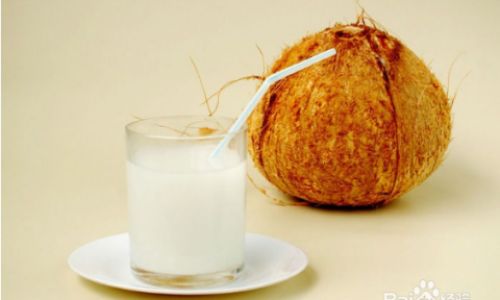
Before diving into the various eating methods, it’s essential to understand the coconut’s basic structure. The coconut husk, a thick, fibrous outer layer, protects the inner nut. Inside, the coconut shell encases the edible portions: the coconut water and the coconut meat (also known as coconut flesh or copra). Coconut water, found naturally in young, green coconuts, is a refreshing, slightly sweet, and slightly acidic beverage. As the coconut matures, the water is replaced by a thicker, oilier substance known as coconut milk, which is extracted from grated coconut meat mixed with water.
Fresh Coconut Water: Nature’s Hydrating Elixir
One of the simplest and most refreshing ways to enjoy a coconut is by drinking its natural water. Harvested from young, green coconuts, coconut water is a natural electrolyte beverage, rich in potassium, magnesium, and sodium. Its slightly sweet and nutty flavor makes it an ideal thirst-quencher, especially in tropical climates. To enjoy, simply pierce a hole in the husk with a sharp object, insert a straw, and sip directly from the coconut. Alternatively, pour the water into a glass and enjoy chilled, perhaps with a twist of lime or a dash of honey for added flavor.
Tender Coconut Meat: A Creamy Delight
Young coconut meat is soft, tender, and creamy, with a mild, slightly sweet flavor. It can be scooped out using a spoon and enjoyed on its own as a snack. For a tropical twist, mix the coconut meat with a bit of lime juice and salt for a refreshing side dish. Additionally, tender coconut meat can be blended into smoothies, added to oatmeal or yogurt for a nutritious breakfast, or incorporated into desserts like coconut ice cream or coconut pudding.
Mature Coconut Meat: Versatile and Nutritious
As coconuts mature, their meat becomes firmer and richer in fat. This mature coconut meat is grated and used to make coconut milk, coconut oil, and coconut flour. Grated coconut meat can also be toasted to enhance its flavor and texture, making it a delightful addition to salads, curries, and baked goods.
Coconut Milk: The Backbone of Tropical Cuisine
Coconut milk, extracted from grated mature coconut meat mixed with water, is a staple in many tropical cuisines. Its rich, creamy texture and subtle sweetness make it ideal for cooking and baking. In Southeast Asian cuisine, coconut milk is used as a base for curries, soups, and stir-fries, adding depth and creaminess to dishes. It’s also a key ingredient in traditional desserts like mango sticky rice (mango with coconut cream) and coconut cakes.
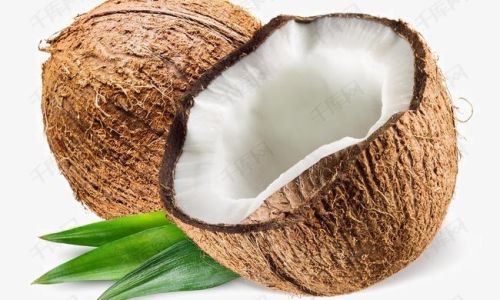
To make coconut milk at home, soak grated coconut meat in hot water, then blend and strain the mixture to remove the fiber. The resulting liquid can be used immediately or stored in the refrigerator for later use. For a thicker consistency, reduce the coconut milk over low heat until it reaches the desired thickness.
Coconut Oil: A Culinary and Health Wonder
Extracted from the dried kernel of mature coconuts, coconut oil is a versatile cooking oil with a high smoke point, making it suitable for frying, baking, and sautéing. Its unique flavor complements tropical and Asian dishes, adding a rich, nutty aroma to curries, stir-fries, and desserts. Coconut oil is also valued for its health benefits, including its high saturated fat content, which is primarily in the form of medium-chain triglycerides (MCTs), which are metabolized differently than other fats and may have beneficial effects on metabolism and cholesterol levels.
Coconut Flour: A Gluten-Free Baking Staple
Coconut flour, made from finely ground coconut meat, is a popular gluten-free alternative in baking. Its high fiber content and ability to absorb liquid make it a valuable ingredient in gluten-free recipes. Coconut flour can be used to make bread, cakes, cookies, and pancakes, adding a subtle coconut flavor and a moist texture to baked goods. Due to its high fiber and low carbohydrate content, coconut flour is also favored by those following low-carb diets.
Coconut Cream and Coconut Sugar: Sweetening the Deal
Coconut cream, a thicker version of coconut milk, is used to make rich, indulgent desserts like coconut cream pie and tropical mousse. It can also be whipped into a light, fluffy topping, similar to whipped cream. To make coconut cream, simply reduce coconut milk until it reaches a thick, creamy consistency.
Coconut sugar, derived from the sap of coconut palm trees, is a natural sweetener with a caramel-like flavor. It’s a healthier alternative to refined sugar, containing trace minerals and a lower glycemic index, which means it raises blood sugar levels more slowly than refined sugar. Coconut sugar can be used in baking, cooking, and as a tabletop sweetener.
Coconut Chips and Coconut Flakes: Crunchy Snacks

Coconut chips and flakes are made by slicing or shredding mature coconut meat and lightly toasting it until golden brown. These crunchy snacks are a delightful addition to trail mix, yogurt parfaits, and salads. They can also be used as a topping for desserts, ice cream, and smoothie bowls. Toasted coconut adds a delightful texture and nutty flavor to dishes, making it a versatile pantry staple.
Coconut Vinegar: A Tangy Condiment
Coconut vinegar is a fermented product made from the sap of coconut palm trees or from coconut water. It has a mild, tangy flavor and is used as a condiment in cooking, similar to apple cider vinegar or rice vinegar. Coconut vinegar can be used in salad dressings, marinades, and pickling recipes, adding a tangy, refreshing note to dishes.
Coconut Ice Cream and Sorbet: Cooling Delights
Coconut-based ice creams and sorbets are a refreshing treat, especially during hot weather. These frozen desserts can be made using coconut milk, coconut cream, or even coconut water as a base. They can be flavored with tropical fruits like mango, pineapple, and passionfruit, or with spices like cinnamon and cardamom for a unique twist. Coconut ice creams and sorbets are not only delicious but also dairy-free, making them suitable for those with lactose intolerance.
Conclusion
The coconut, with its diverse and nutritious offerings, is a true culinary treasure. From refreshing coconut water and creamy coconut meat to rich coconut milk and versatile coconut oil, the coconut provides a multitude of ways to enhance our meals. Whether enjoyed in sweet desserts, savory dishes, or as a healthy snack, the coconut’s versatility and nutritional benefits make it a staple in kitchens worldwide. As we continue to explore and innovate with this tropical fruit, the culinary possibilities of the coconut remain boundless, inviting us on a never-ending odyssey of taste and discovery.

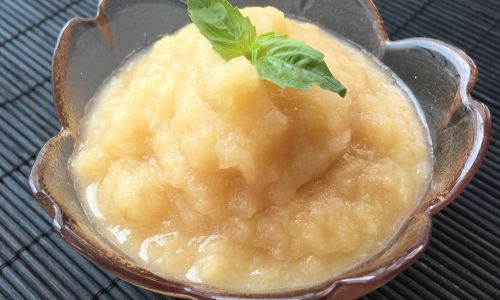
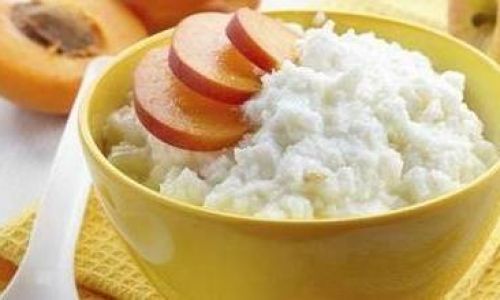
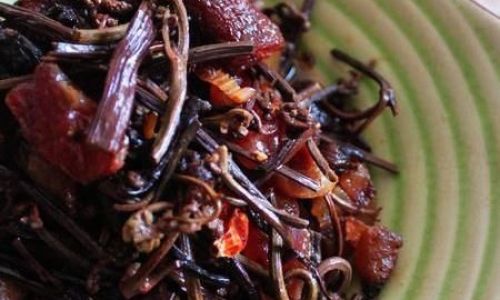
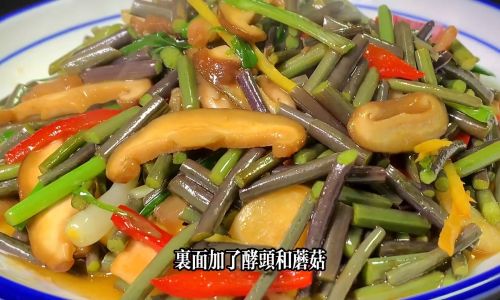
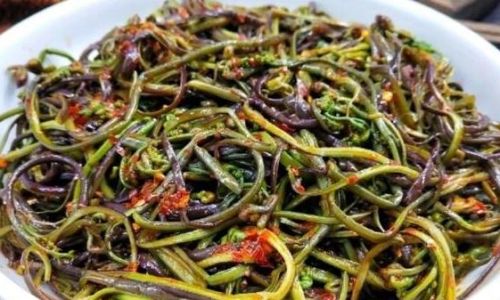
0 comments